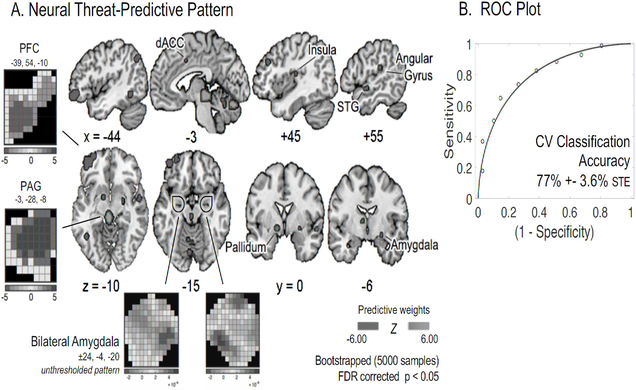Figure 2. Multivariate Neural Threat-Predictive Pattern Trained on Acquisition.
A. Neural Threat-Predictive Pattern. A distributed pattern of threat was developed using a linear support vector machine trained on subject-wise (N=68) univariate brain activation to the unreinforced CS+ (threatening) and CS− (non-threatening) stimuli during threat acquisition. When thresholded (bootstrapped 5,000 samples) and corrected for multiple comparisons (FDR p < 0.05), the ‘threat-predictive pattern’ revealed a distributed network of threat representation including the PFC, periaqueductal gray (PAG), insula, subregions of the basal ganglia, and dorsal anterior cingulate (dACC). B. ROC Plot. The neural threat-predictive pattern yielded a classification accuracy of 77% (+− 3.6 STE, p < .0001, AUC: 0.82) in a modified leave-three-subjects-out cross-validation (CV) procedure. One subject from each of the three groups was left out of each fold to reduce potential bias from group assignment.

